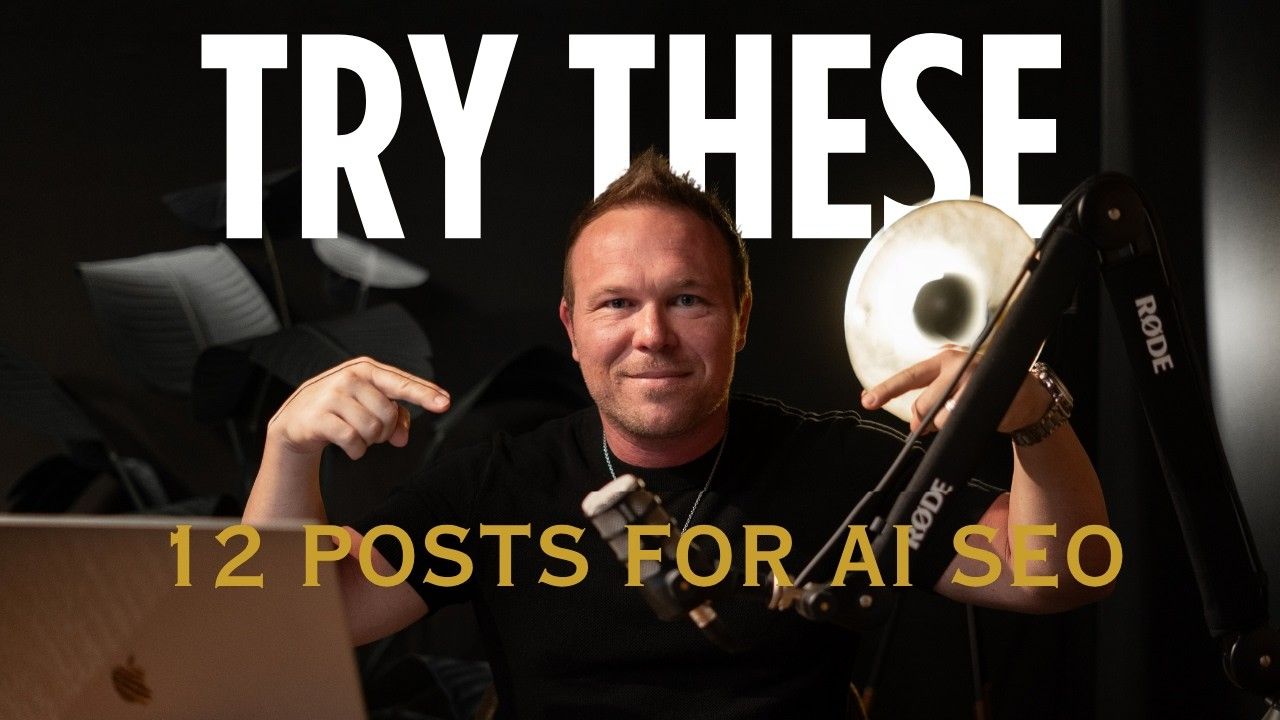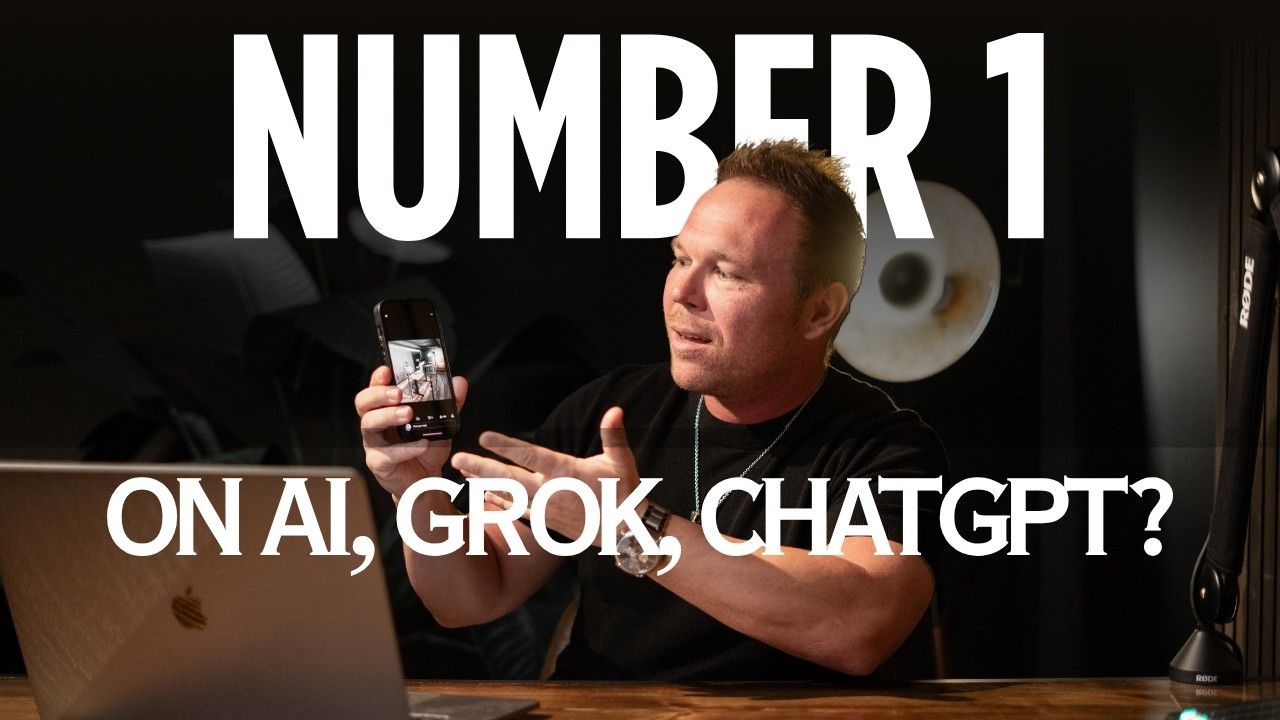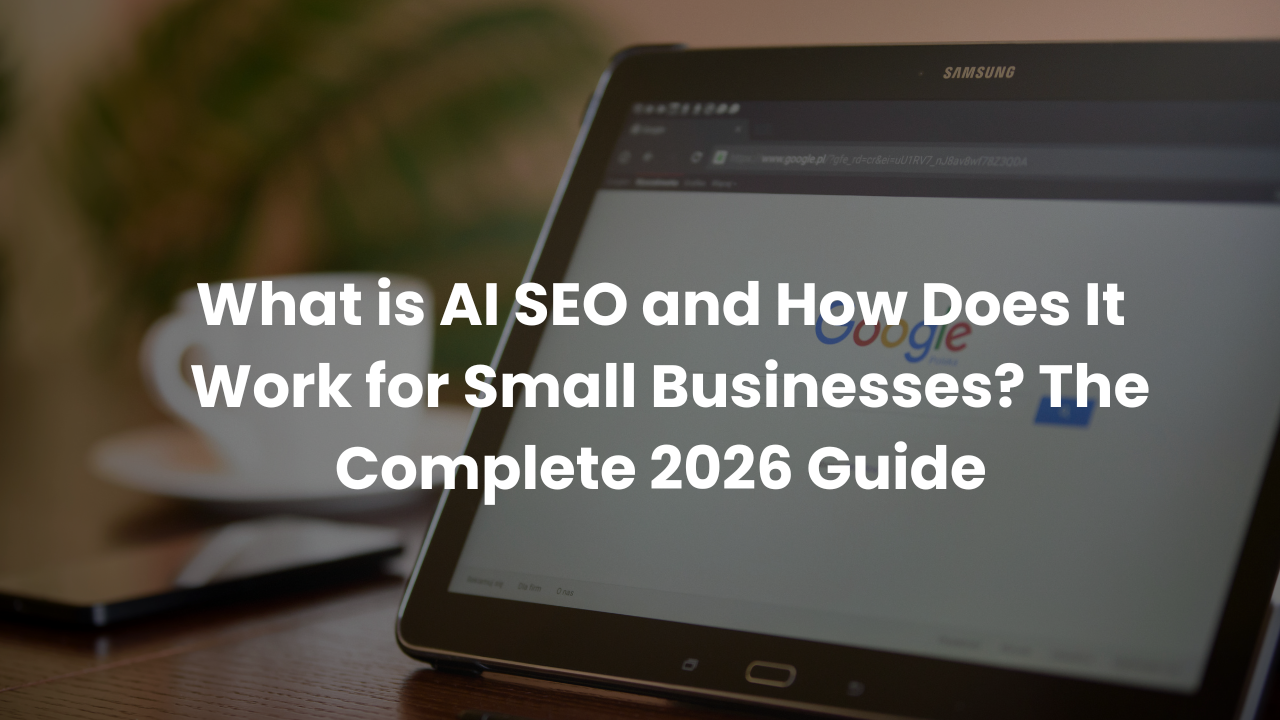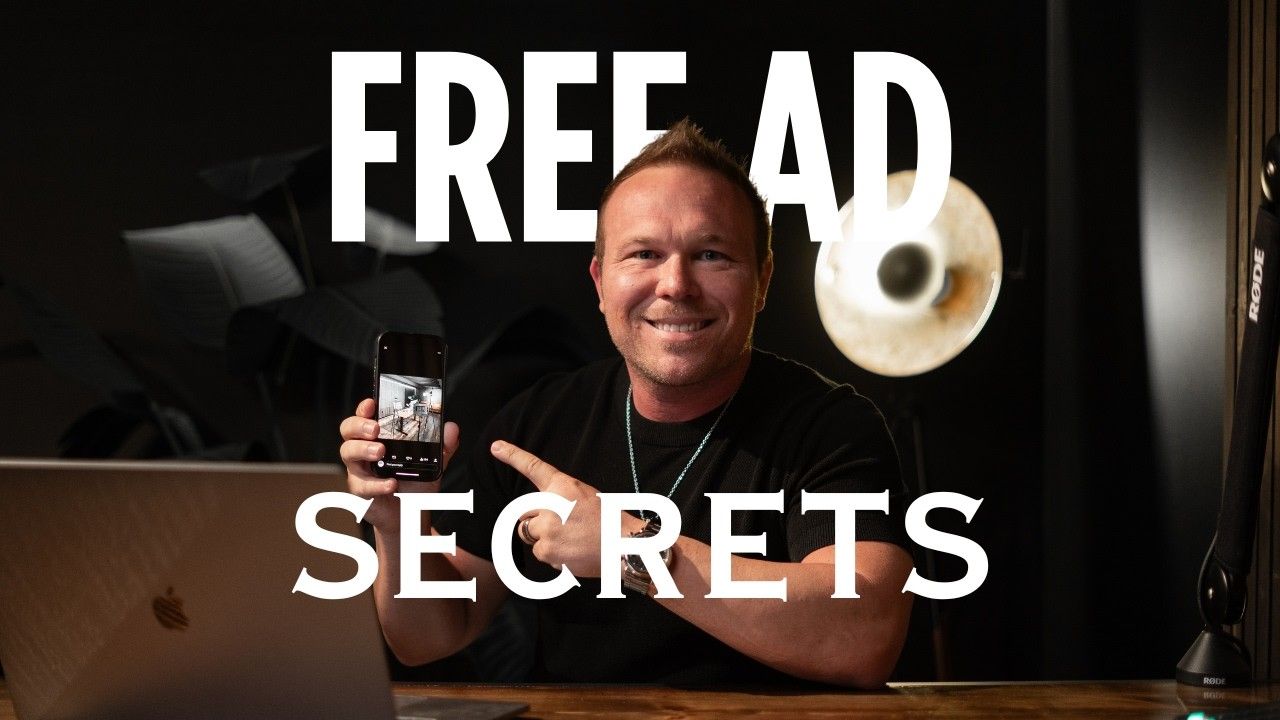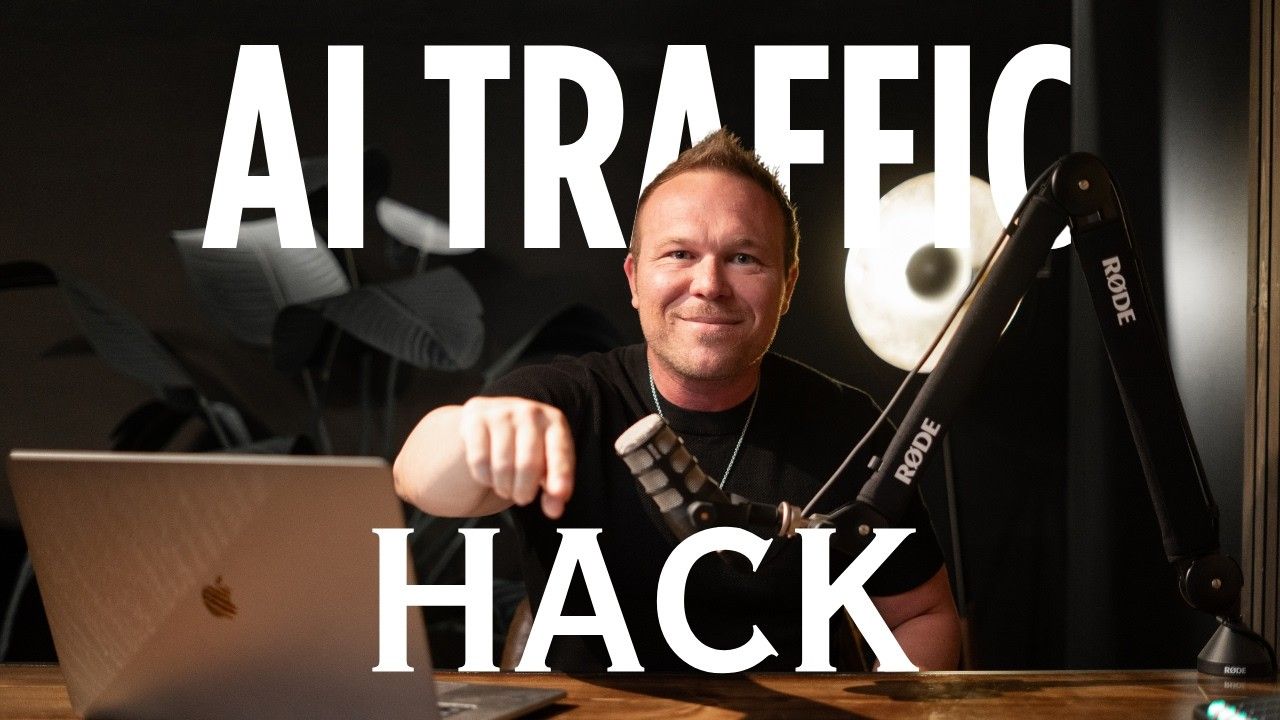How to Use Playlists to Grow Your YouTube Channel (STEP-BY-STEP GUIDE)
How Can YouTube Playlists Help Grow Your Channel?
YouTube playlists are powerful tools that can significantly boost your channel growth by increasing watch time and improving viewer retention. Just like viewers binge-watch their favorite Netflix series, playlists encourage the same behavior on YouTube by automatically playing a sequence of related content. YouTube's algorithm actively promotes playlist content in search results and recommendations, rewarding channels that keep viewers engaged for longer periods. By organizing your videos into strategic, topic-focused playlists, you can guide your audience through a comprehensive learning journey while simultaneously improving your channel's key performance metrics.
Questions People Ask
What exactly is a YouTube playlist and why does it matter?
A YouTube playlist is a curated collection of videos that play sequentially, automatically moving viewers from one video to the next. Playlists matter because they increase watch time (a critical ranking factor), help YouTube understand your content themes, and provide a better, more organized viewing experience that keeps people on your channel longer.
How many videos should I include in a YouTube playlist?
The ideal number is 8-12 videos per playlist, creating enough content for a comprehensive series without overwhelming viewers. Start with what you have and gradually build up, focusing on creating a logical progression that takes viewers from introductory to advanced topics within a specific theme.
Do playlists affect YouTube SEO?
Yes, playlists significantly impact your SEO performance. YouTube's algorithm prioritizes playlists in search results because they tend to keep viewers on the platform longer. The description field in your playlist also provides additional opportunities to include relevant keywords that can improve discoverability.
How should I promote my playlists to viewers?
The most effective way to promote your playlists is mentioning them at the end of each video, directing viewers to watch the next video in the series. Also, set up your end screens to display the playlist, make the first video in each playlist compelling, and occasionally share your playlists on social media for wider exposure.
Can I use AI to help optimize my YouTube playlists?
Absolutely. AI tools like TwinLitics can analyze market data to identify what topics your audience is actually searching for, helping you plan playlist content that aligns with real demand. Using AI prompts to generate optimized playlist descriptions can also improve your playlist's SEO performance.
Why This Strategy Works for Any Business
- Increases watch time and session duration, which directly improves your channel's ranking in YouTube's algorithm and drives more organic discovery
- Creates a structured learning path for your audience, showcasing your expertise on specific topics while providing comprehensive value that builds trust and authority
- Maximizes content efficiency by getting more views from existing videos rather than constantly creating new content, allowing you to leverage your production efforts
- Generates passive viewer engagement as YouTube automatically suggests the next video in your series, reducing drop-off and increasing the likelihood of channel subscription
Understanding the Power of YouTube Playlists
In today's digital landscape, creating content isn't enough - organizing it strategically is equally crucial. As Brad Smith, owner of Automation Links with over 10 years of marketing experience working with more than 200 brands, explains, YouTube playlists function similarly to how we consume content on streaming platforms like Netflix.
This Netflix-style binge-watching behavior is exactly what YouTube wants to encourage, as it keeps users on the platform longer. When properly implemented, playlists can transform casual viewers into dedicated subscribers who consume multiple pieces of your content in a single session.
Setting Up Strategic Playlists for Maximum Impact
Looking at my channel organization reveals his strategic approach with three core playlists: X (Twitter) playlist, YouTube playlist, and marketing follow-up playlist. Each playlist serves as a comprehensive educational resource on a specific topic.
The key to effective playlists is creating a logical progression of content. "If you want to learn how to set up your YouTube channel, that's video one. If you want to learn how to optimize the description, that's the next video," I explain. This structured approach guides viewers through a natural learning journey.
For your own channel, consider what comprehensive topics you can cover in a series format. Think about your audience's journey - what do they need to know first, second, and third to master a particular skill or solve a problem? Learn more about content strategy planning in this blog.
Optimizing Playlist Descriptions for SEO
Before adding videos to your playlist, you need two critical elements: an SEO-optimized description and a strategic list of topics. The description should clearly communicate what viewers will learn from watching the entire series.
I recommend using AI prompts to help craft these descriptions: "I'm going to create two different prompts: one to help me create the description for the prompt - what's that topic about, what's something that your clients, your followers, or your customers want to learn about. Then the second one, which I think is the most important, let's come up with those 8, 10, or 12 topics."
When writing your playlist description, include relevant keywords related to your topic. This helps YouTube understand what your playlist is about and improves its chances of appearing in search results. If you're focusing on YouTube marketing strategies, include terms like "YouTube growth," "YouTube marketing," or "YouTube ads" in your description.
Planning Your Playlist Content Strategy
The most successful playlists address a comprehensive learning journey. As I advised, "We want to start all the way from the beginning - how to start, how to optimize, how to grow, how to get results. That way, they want to start from your first video, watch video two, three, four, or wait and come back next week."When planning your playlist content, avoid creating videos about topics nobody is searching for. This is where data-driven decisions become crucial. I recommend using TwinLitics – an AI platform that analyzes market data to determine what your ideal customers actually want to learn.
"What TwinLitics does is it goes and looks for your ideal customer profile, pulls all the data, and they've done all the research, I explain. This approach ensures that your playlist topics align with genuine audience interest rather than assumptions.
Adding Videos to Your Playlist and Organizing Content
Once you've planned your content strategy, it's time to create your playlist in YouTube Studio. Here's how to set it up:
- Go to your YouTube channel
- Click on "Playlists" in your channel navigation
- Click "New Playlist"
- Enter your SEO-optimized title
- Add your strategic description with relevant keywords
- Set visibility (usually public)
- Click "Create"
After creating the playlist structure, you'll need to add your videos. You can add existing videos or create new content specifically for the playlist. The key is maintaining a logical progression that guides viewers through a complete learning journey.
For optimal organization, I suggest "What I want to encourage you to do is organize that or keep it organized so all you have to do is come and click it and now you've connected there."
Connecting Videos to Your Playlist
For each new video you create that belongs in a playlist, make sure to associate it during the upload process:
- In the YouTube Studio video editor
- Scroll down to the "Playlist" section
- Select the appropriate playlist from the dropdown
- Save your changes
This ensures that every new video automatically becomes part of your playlist ecosystem, creating a cohesive viewing experience for your audience.
Setting Up End Screens to Promote Your Playlist
End screens are crucial for directing viewers to your playlist. As I demonstrated, "When you choose your end screen, you can see here that I asked you to subscribe at the end. I'm going to go ahead and do that."To add a playlist to your end screen:
- In the video editor, click on "End screen"
- Click "Element"
- Choose "Playlist" from the options
- Select your specific playlist
- Position it prominently on your end screen
- Save your changes
There is also an emphasis the importance of verbal cues: "What I want to encourage you to do at the end of the video is let them know to subscribe and watch the next video on that playlist, and it'll automatically pop up there."
Driving Viewer Engagement with Your Playlists
The power of playlists comes from their ability to create a continuous viewing experience. To maximize this benefit, employ these strategies:
- Mention the playlist verbally in your videos: "Check out my complete YouTube growth playlist for more tips"
- Create strong hooks at the beginning of each video: Tease what's coming in the next video
- Use cards throughout your videos: Link to other relevant videos in the playlist
- Share the entire playlist on social media: Promote it as a comprehensive resource
- Update playlists regularly: Add new content to keep them fresh and relevant
Learn more about increasing viewer engagement with these proven strategies.
Leveraging Playlists for Lead Generation
Beyond growing your channel, playlists can be powerful lead generation tools. I want to explain how his YouTube marketing playlist includes strategic content that guides viewers toward becoming customers: "If you want to learn more about YouTube marketing and YouTube ads, check out the playlist."
By creating playlists that address your audience's core challenges, you position yourself as an authority while naturally leading them toward your products or services. This approach works especially well for businesses using YouTube as a lead generation channel.
For optimal results, consider creating specific playlists for different segments of your audience or different stages of your sales funnel. For example, you might have:
- A beginner playlist for new prospects
- An advanced strategies playlist for engaged subscribers
- A case study playlist showcasing client results
- A product tutorial playlist for existing customers
This segmented approach ensures you're providing relevant content for every stage of the customer journey, maximizing both retention and conversion opportunities with your video marketing strategy.
Final Thoughts: Implement Your YouTube Playlist Strategy Today
YouTube playlists represent one of the most underutilized growth opportunities for business channels. By implementing the strategic playlist approach I just have outlined, you can transform your content library from disconnected videos into cohesive learning journeys that keep viewers engaged and coming back for more.
Remember that effective playlists require both strategic planning (choosing the right topics your audience actually wants) and technical implementation (proper setup, descriptions, and end screen integration). Take time to analyze your existing content, identify logical groupings, and create playlists that guide viewers through a comprehensive learning experience.
Ready to take your YouTube marketing to the next level? Follow the steps in this guide to implement your playlist strategy, and watch your channel metrics improve as viewers spend more time consuming your valuable content. For personalized guidance on optimizing your entire digital marketing approach, Schedule a quick call with us. Book Now!
Subscribe to our YouTube Channel for more automation strategies to grow your business efficiently.
How long should each video in my YouTube playlist be to maximize retention?
Each video should ideally be 6 to 15 minutes long, depending on your audience and topic complexity. Shorter videos help maintain viewer attention, while slightly longer videos allow for in-depth explanations. Always focus on value and avoid unnecessary fluff.
Can I rearrange the order of videos in my playlist after publishing?
Yes, you can.
YouTube allows you to reorder videos within your playlist at any time from YouTube Studio. It's important to regularly review and adjust the order to ensure the playlist follows a logical flow or matches your audience’s learning journey.
Should I create separate playlists for different products or services my business offers?
Creating separate playlists for each product, service, or audience segment is highly recommended. This helps organize content for specific viewers, improves SEO targeting, and allows you to guide different audience groups through tailored journeys.
How often should I add new videos to existing playlists to keep them fresh?
Aim to update your playlists at least once a month, or whenever you release relevant new content. Regular updates keep your playlists fresh, signal to YouTube that your content is active, and provide returning viewers with something new to explore.
What metrics should I track to measure the success of this automation?
Monitor these key metrics in YouTube Analytics:
- Watch time per playlist
- Average view duration per video in playlist
- Playlist engagement (click-through rates, likes, comments)
- Subscriber growth from playlist viewers
- Traffic sources (see if viewers are coming from playlists directly)
These metrics show how well your playlists are performing and whether they contribute to longer session times and audience retention.
How often should I update my email automation sequence?
Review and refresh your sequence quarterly to ensure all information remains accurate and offers are current. Test new approaches against your existing sequence to continuously improve performance.


